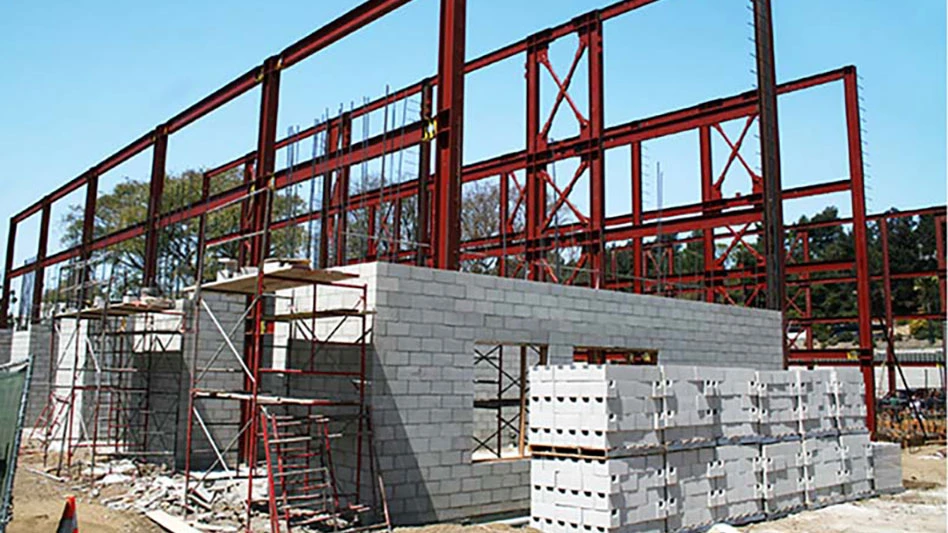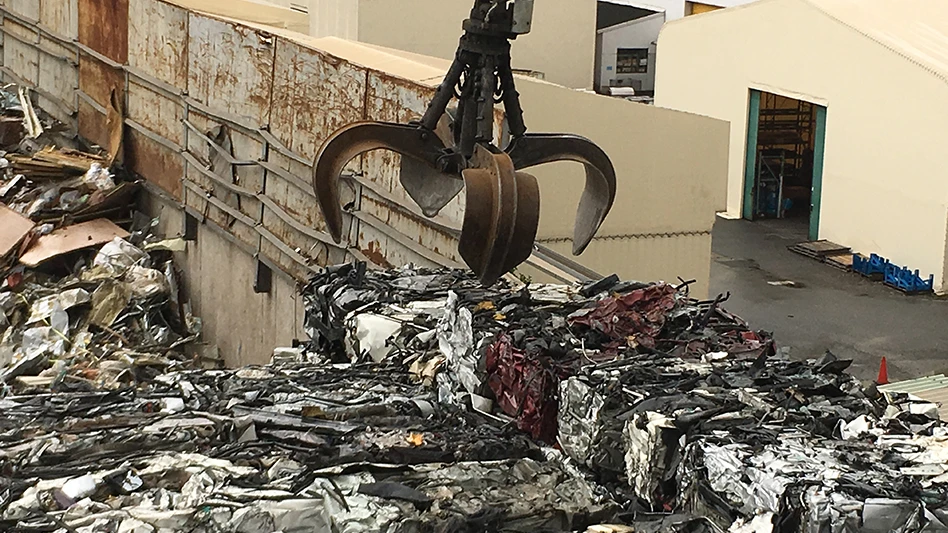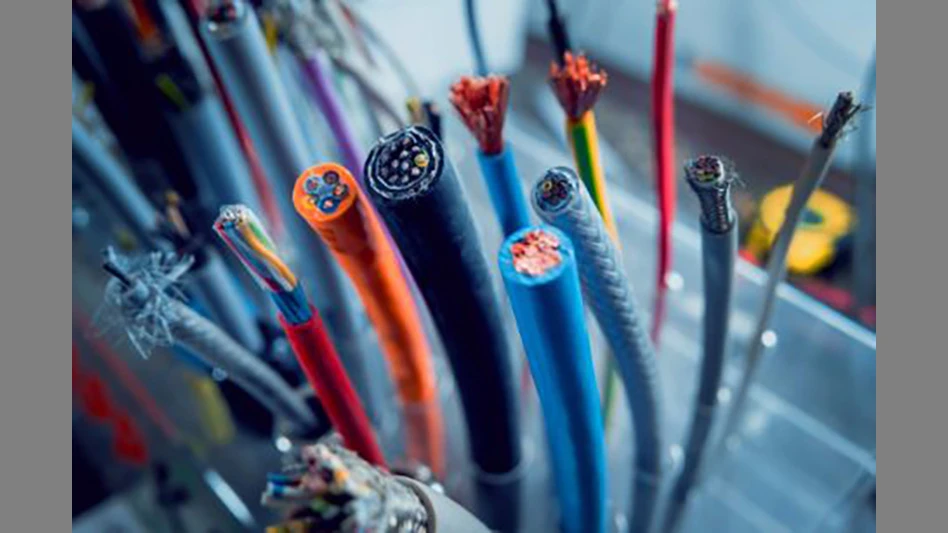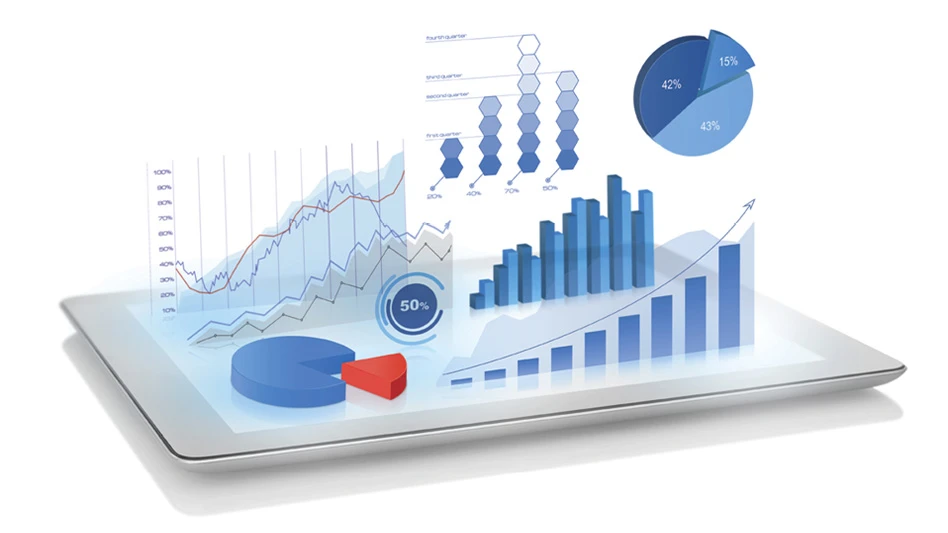

Are you tired of hearing about the circular economy? I don’t blame you. It’s easy to get lost in the jargon and technical terms that often surround this buzzword. But don’t tune out just yet—a data-driven approach to waste and recycling management is the missing piece of the circular economy puzzle, and it could bring benefits to everyone involved.
At its core, the circular economy is about shifting away from the wasteful linear model of take-make-dispose to a closed-loop system that values resource efficiency and minimizes waste. It’s a vision that has the potential to benefit the environment, the economy and society. But here’s the catch: Analysts estimate that less than 10 percent of the global economy is circular—that’s a lot of missed opportunity.
Bridging the data gap
By tracking the flow of materials and resources throughout their life cycles, we can identify areas for improvement and innovation, measure the environmental and economic impacts of our production and consumption patterns and validate the shift toward circularity.
But collecting this data is no easy feat. Technical and logistical barriers can make it difficult to ensure the quality and reliability of the data. Sharing data across different sectors and participants makes this even more of a challenge. However, the benefits of data tracking are too significant to ignore. Data can help optimize resource efficiency, reduce waste generation and foster innovation and collaboration by providing insights into the material flows and environmental impacts of different products and services.
In other words, data is not just a tool for monitoring and reporting—it’s a driver for change and transformation. The next time someone mentions the circular economy, think about the role of data in making this vision a reality.
Value in accurate data
For the waste and recycling industry, data accuracy means having reliable information about the types, quantities, sources, destinations and costs of waste and recyclables. Data accuracy can benefit waste management and recycling by:
- optimizing waste collection, transportation and processing operations;
- enabling monitoring of waste diversion and recycling rates, enabling better planning and reporting of sustainability goals and performance;
- identifying waste reduction and recycling opportunities, such as finding new markets for recycled materials or implementing waste prevention measures; and
- improving compliance with waste management and recycling regulations, such as reporting waste generation and disposal data to authorities or verifying the quality and origin of recycled materials.
These are just some reasons waste management and recycling organizations have started transforming how they track material flows. By automating the data capture process, organizations can reduce the risk of human error and ensure data is collected consistently across different sites and operations.
Tracking material flow
As we shift toward a circular economy that prioritizes sustainability and resource efficiency, accurate data on material flows of waste and recyclables is more important than ever. This data is necessary to support public policy and legislation at the local, regional and federal levels to promote sustainable practices and recycling initiatives.
One key policy framework that relies on data tracking is extended producer responsibility (EPR), which requires producers to take responsibility for the end-of-life impacts of their products, including their collection, transportation and processing. This means collecting and reporting data on the types and quantities of materials used in their products, the methods used for processing and disposing of those materials and the amount of waste generated as a result.
Good data also can drive investments into recycling operations at the local and regional levels. By accurately tracking material flows, businesses and policymakers can identify areas where investments in recycling infrastructure are needed most, which can lead to job creation, higher recycling rates, reduced waste generation and a healthier environment for everyone.
Accurate data also is necessary to foster stakeholder collaboration in the waste management and recycling system. By sharing data on material flows, producers, recyclers and waste management companies can work toward common goals and identify opportunities for improvement.
High-quality data on material flows is critical to circular economy initiatives, legislation and public policy. It enables producers to take responsibility for the end-of-life impacts of their products, drives investments into recycling operations, fosters collaboration among stakeholders and leads to a more sustainable and resource-efficient future.
Data collection challenges

Recycling is a complex process that involves many different facets, each with its own standards and systems for collecting data. Many stakeholders are involved in the recycling value chain, from the waste generators that produce the materials to the collectors, processors, traders and remanufacturers that handle them. This poses a challenge when it comes to collecting accurate operational data.
With so many participants and stakeholders involved, more standardization and consistency in collecting and reporting data is needed. This can make it difficult for waste management and recycling organizations to support their customers’ requirements with a complete and accurate picture of the recycling process.
Challenges in collecting accurate recycling data include:
- inconsistent definitions and classifications of recyclable materials and a lack of data collection and reporting standardization;
- unreliable or manual methods and tools for measuring, weighing and recording recyclables;
- a lack of transparency and traceability in the recycling supply chain hindering the verification of materials’ origin, quality and destination; and
- changing incentives and regulations for data collection and reporting leading to low participation or compliance from some stakeholders.
With so many material streams, technologies and markets involved, the process is constantly evolving, meaning data collection systems must be flexible and adaptable.
Improving data accuracy
As the recycling industry evolves and integration with the circular economy accelerates, capturing accurate data from recycling programs and operations will be a focus. A variety of techniques can be used:
- establishing standard definitions and classifications of recyclables;
- standardizing data capture methodologies using technology and internet of things (IoT) devices, in-field devices and software applications to collect real-time data;
- eliminating friction for end users such as haulers, operators and technicians, making it easy for them to participate in the data capture process without complicating their workflows;
- implementing data management systems that can store, analyze and audit data from various sources and formats;
- creating incentives and regulations for data collection and reporting, such as rewarding good practices or imposing penalties for poor ones; and
- encouraging collaboration among stakeholders in the waste management and recycling system, including producers, recyclers and waste management companies, to share data and work toward common goals.
The recycling industry requires accurate data to understand how materials flow through the system, identify areas for improvement and ensure compliance with regulations. By leveraging a cloud-based platform to capture waste and recycling data, participants can create a unified system that supports the unique data and business needs of recycling operations.
Making it easier to share data and work toward common goals can drive collaboration across industry participants, leading to a more efficient and effective recycling system that benefits everyone involved.
Leveraging the data
Data is the missing piece of the circular economy puzzle. However, it is imperative that waste and recycling management organizations put proper systems in place to ensure the quality and accuracy of the captured data.
By accurately capturing this data, industry participants can create a unified system that drives investments, fosters collaboration and leads to a more sustainable and resource-efficient future.
Get curated news on YOUR industry.
Enter your email to receive our newsletters.
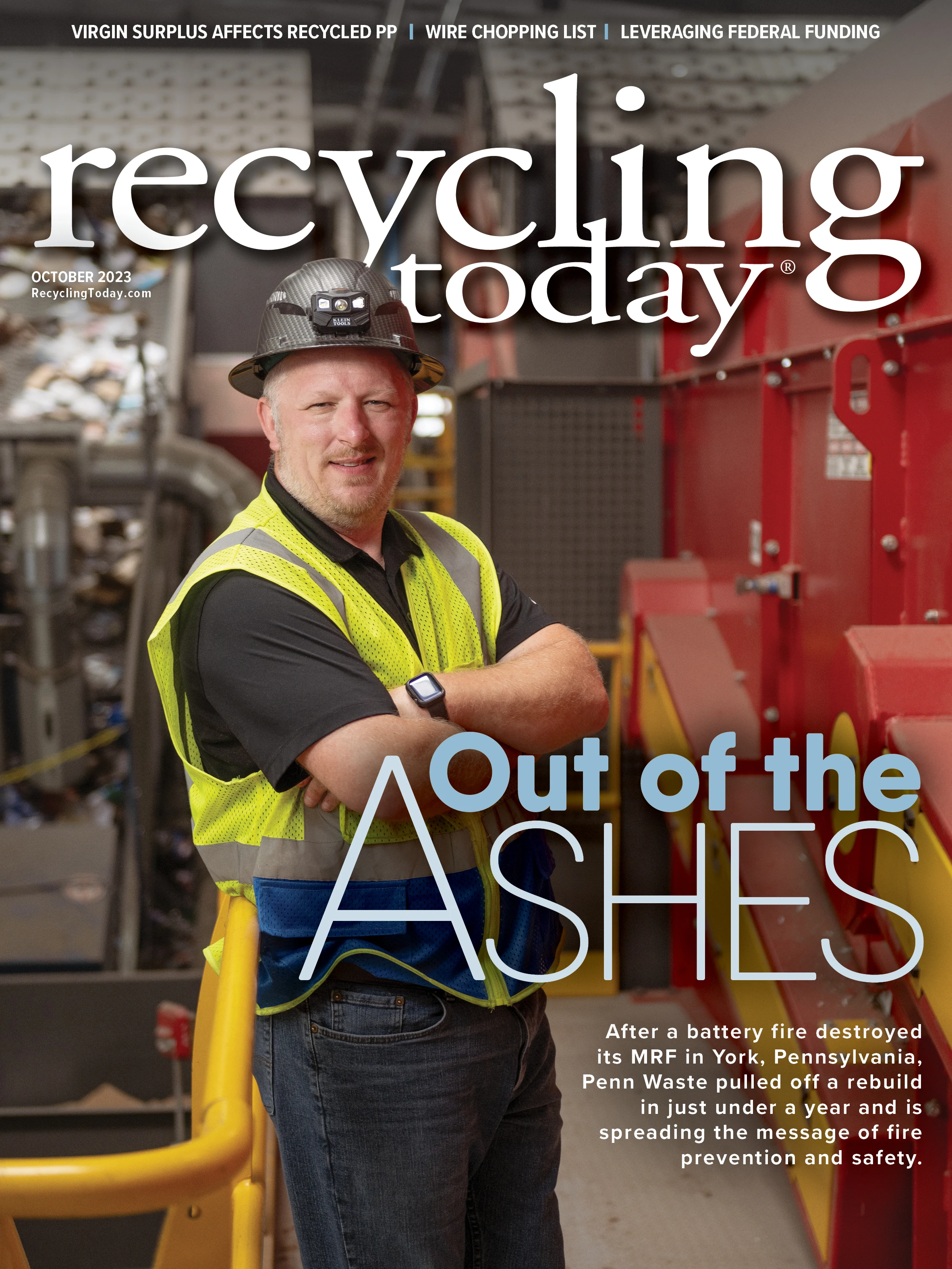
Explore the October 2023 Issue
Check out more from this issue and find your next story to read.
Latest from Recycling Today
- Circular Services breaks ground on north Texas MRF
- Tariff uncertainty results in choppy nonferrous scrap flows
- CATL, Ellen MacArthur Foundation establish battery partnership
- Greif announces price hike for all grades of URB products
- Ascend Elements appoints new president, CEO
- Culligan International to provide aluminum water bottles at Chicago running events
- Returpack reports increased DRS activity in Sweden
- Trade groups align against European export restrictions
